Post Syndicated from Claudia Chitu original https://aws.amazon.com/blogs/big-data/design-a-data-mesh-on-aws-that-reflects-the-envisioned-organization/
This post is written in collaboration with Claudia Chitu and Spyridon Dosis from ACAST.
Founded in 2014, Acast is the world’s leading independent podcast company, elevating podcast creators and podcast advertisers for the ultimate listening experience. By championing an independent and open ecosystem for podcasting, Acast aims to fuel podcasting with the tools and monetization needed to thrive.
The company uses AWS Cloud services to build data-driven products and scale engineering best practices. To ensure a sustainable data platform amid growth and profitability phases, their tech teams adopted a decentralized data mesh architecture.
In this post, we discuss how Acast overcame the challenge of coupled dependencies between teams working with data at scale by employing the concept of a data mesh.
The problem
With an accelerated growth and expansion, Acast encountered a challenge that resonates globally. Acast found itself with diverse business units and a vast amount of data generated across the organization. The existing monolith and centralized architecture was struggling to meet the growing demands of data consumers. Data engineers were finding it increasingly challenging to maintain and scale the data infrastructure, resulting in data access, data silos, and inefficiencies in data management. A key objective was to enhance the end-to-end user experience, starting from the business needs.
Acast needed to address these challenges in order to get to an operational scale, meaning a global maximum of the number of people that can independently operate and deliver value. In this case, Acast tried to tackle the challenge of this monolith structure and the high time to value for product teams, tech teams, end consumers. It’s worth mentioning that they also have other product and tech teams, including operational or business teams, without AWS accounts.
Acast has a variable number of product teams, continuously evolving by merging existing ones, splitting them, adding new people, or simply creating new teams. In the last 2 years, they have had between 10–20 teams, consisting of 4–10 people each. Each team owns at least two AWS accounts, up to 10 accounts, depending on the ownership. The majority of data produced by these accounts is used downstream for business intelligence (BI) purposes and in Amazon Athena, by hundreds of business users every day.
The solution Acast implemented is a data mesh, architected on AWS. The solution mirrors the organizational structure rather than an explicit architectural decision. As per the Inverse Conway Maneuver, Acast’s technology architecture displays isomorphism with the business architecture. In this case, the business users are enabled through the data mesh architecture to get faster time to insights and know directly who the domain specific owners are, speeding up collaboration. This will be further detailed when we discuss the AWS Identity and Access Management (IAM) roles used, because one of the roles is dedicated to the business group.
Parameters of success
Acast succeeded in bootstrapping and scaling a new team- and domain-oriented data product and its corresponding infrastructure and setup, resulting in less friction in gathering insights and happier users and consumers.
The success of the implementation meant assessing various aspects of the data infrastructure, data management, and business outcomes. They classified the metrics and indicators in the following categories:
- Data usage – A clear understanding of who is consuming what data source, materialized with a mapping of consumers and producers. Discussions with users showed they were happier to have faster access to data in a simpler way, a more structured data organization, and a clear mapping of who the producer is. A lot of progress has been made to advance their data-driven culture (data literacy, data sharing, and collaboration across business units).
- Data governance – With their service-level object stating when the data sources are available (among other details), teams know whom to notify and can do so in a shorter time when there is late data coming in or other issues with the data. With a data steward role in place, the ownership has been strengthened.
- Data team productivity – Through engineering retrospectives, Acast found that their teams appreciate autonomy to make decisions regarding their data domains.
- Cost and resource efficiency – This is an area where Acast observed a reduction in data duplication, and therefore cost reduction (in some accounts, removing the copy of data 100%), by reading data across accounts while enabling scaling.
Data mesh overview
A data mesh is a sociotechnical approach to build a decentralized data architecture by using a domain-oriented, self-serve design (in a software development perspective), and borrows Eric Evans’ theory of domain-driven design and Manuel Pais’ and Matthew Skelton’s theory of team topologies. It’s important to establish the context to understand what data mesh is because it sets the stage for the technical details that follow and can help you understand how the concepts discussed in this post fit into the broader framework of a data mesh.
To recap before diving deeper into Acast’s implementation, the data mesh concept is based on the following principles:
- It’s domain driven, as opposed to pipelines as a first-class concern
- It serves data as a product
- It’s a good product that delights users (data is trustworthy, documentation is available, and it’s easily consumable)
- It offers federated computational governance and decentralized ownership—a self-serve data platform
Domain-driven architecture
In Acast’s approach of owning the operational and analytical datasets, teams are structured with ownership based on domain, reading directly from the producer of the data, via an API or programmatically from Amazon S3 storage or using Athena as a SQL query engine. Some examples of Acast’s domains are presented in the following figure.

As illustrated in the preceding figure, some domains are loosely coupled to other domains’ operational or analytical endpoints, with a different ownership. Others might have stronger dependency, which is expected, for business (some podcasters can be also advertisers, creating sponsorship creatives and running campaigns for their own shows, or transacting ads using Acast’s software as a service).
Data as a product
Treating data as a product entails three key components: the data itself, the metadata, and the associated code and infrastructure. In this approach, teams responsible for generating data are referred to as producers. These producer teams possess in-depth knowledge about their consumers, understanding how their data product is utilized. Any changes planned by the data producers are communicated in advance to all consumers. This proactive notification ensures that downstream processes are not disrupted. By providing consumers with advance notice, they have sufficient time to prepare for and adapt to the upcoming changes, maintaining a smooth and uninterrupted workflow. The producers run a new version of the initial dataset in parallel, notify the consumers individually, and discuss with them their necessary timeframe to start consuming the new version. When all consumers are using the new version, the producers make the initial version unavailable.
Data schemas are inferred from the common agreed-upon format to share files between teams, which is Parquet in the case of Acast. Data can be shared in files, batched or stream events, and more. Each team has its own AWS account acting as an independent and autonomous entity with its own infrastructure. For orchestration, they use the AWS Cloud Development Kit (AWS CDK) for infrastructure as code (IaC) and AWS Glue Data Catalogs for metadata management. Users can also raise requests to producers to improve the way the data is presented or to enrich the data with new data points for generating a higher business value.
With each team owning an AWS account and a data catalog ID from Athena, it’s straightforward to see this through the lenses of a distributed data lake on top of Amazon S3, with a common catalog mapping all the catalogs from all the accounts.
At the same time, each team can also map other catalogs to their own account and use their own data, which they produce along with the data from other accounts. Unless it is sensitive data, the data can be accessed programmatically or from the AWS Management Console in a self-service manner without being dependent on the data infrastructure engineers. This is a domain-agnostic, shared way to self-serve data. The product discovery happens through the catalog registration. Using only a few standards commonly agreed upon and adopted across the company, for the purpose of interoperability, Acast addressed the fragmented silos and friction to exchange data or consume domain-agnostic data.
With this principle, teams get assurance that the data is secure, trustworthy, and accurate, and appropriate access controls are managed at each domain level. Moreover, on the central account, roles are defined for different types of permissions and access, using AWS IAM Identity Center permissions. All datasets are discoverable from a single central account. The following figure illustrates how it’s instrumented, where two IAM roles are assumed by two types of user (consumer) groups: one that has access to a limited dataset, which is restricted data, and one that has access to non-restricted data. There is also a way to assume any of these roles, for service accounts, such as those used by data processing jobs in Amazon Managed Workflows for Apache Airflow (Amazon MWAA), for example.

How Acast solved for high alignment and a loosely coupled architecture
The following diagram shows a conceptual architecture of how Acast’s teams are organizing data and collaborating with each other.

Acast used the Well-Architected Framework for the central account to improve its practice running analytical workloads in the cloud. Through the lenses of the tool, Acast was able to address better monitoring, cost optimization, performance, and security. It helped them understand the areas where they could improve their workloads and how to address common issues, with automated solutions, as well as how to measure the success, defining KPIs. It saved them time to get the learnings that otherwise would have been taking longer to find. Spyridon Dosis, Acast’s Information Security Officer, shares, “We are happy AWS is always ahead with releasing tools that enable the configuration, assessment, and review of multi-account setup. This is a big plus for us, working in a decentralized organization.” Spyridon also adds, “A very important concept we value is the AWS security defaults (e.g. default encryption for S3 buckets).”
In the architecture diagram, we can see that each team can be a data producer, except the team owning the central account, which serves as the central data platform, modeling the logic from multiple domains to paint the full business picture. All other teams can be data producers or data consumers. They can connect to the central account and discover datasets via the cross-account AWS Glue Data Catalog, analyze them in the Athena query editor or with Athena notebooks, or map the catalog to their own AWS account. Access to the central Athena catalog is implemented with IAM Identity Center, with roles for open data and restricted data access.
For non-sensitive data (open data), Acast uses a template where the datasets are by default open to the entire organization to read from, using a condition to provide the organization-assigned ID parameter, as shown in the following code snippet:
When handling sensitive data like financials, the teams use a collaborative data steward model. The data steward works with the requester to evaluate access justification for the intended use case. Together, they determine appropriate access methods to meet the need while maintaining security. This could include IAM roles, service accounts, or specific AWS services. This approach enables business users outside the tech organization (which means they don’t have an AWS account) to independently access and analyze the information they need. By granting access through IAM policies on AWS Glue resources and S3 buckets, Acast provides self-serve capabilities while still governing delicate data through human review. The data steward role has been valuable for understanding use cases, assessing security risks, and ultimately facilitating access that accelerates the business through analytical insights.
For Acast’s use case, granular row- or column-level access controls weren’t needed, so the approach sufficed. However, other organizations may require more fine-grained governance over sensitive data fields. In those cases, solutions like AWS Lake Formation could implement permissions needed, while still providing a self-serve data access model. For more information, refer to Design a data mesh architecture using AWS Lake Formation and AWS Glue.
At the same time, teams can read from other producers directly, from Amazon S3 or via an API, keeping the dependency at minimum, which enhances the velocity of development and delivery. Therefore, an account can be a producer and a consumer in parallel. Each team is autonomous, and is accountable for their own tech stack.
Additional learnings
What did Acast learn? So far, we’ve discussed that the architectural design is an effect of the organizational structure. Because the tech organization consists of multiple cross-functional teams, and it’s straightforward to bootstrap a new team, following the common principles of data mesh, Acast learned this doesn’t go seamlessly every time. To set up a fully new account in AWS, teams go through the same journey, but slightly different, considering their own set of particularities.
This can create certain frictions, and it’s difficult to get all data producing teams to reach a high maturity of being data producers. This can be explained by the different data competencies in those cross-functional teams and not being dedicated data teams.
By implementing the decentralized solution, Acast effectively tackled the scalability challenge by adapting their teams to align with evolving business needs. This approach ensures high decoupling and alignment. Furthermore, they strengthened ownership, significantly reducing the time needed to identify and resolve issues because the upstream source is readily known and easily accessible with specified SLAs. The volume of data support inquiries has seen a reduction of over 50%, because business users are empowered to gain faster insights. Notably, they successfully eliminated tens of terabytes of redundant storage that were previously copied solely to fulfill downstream requests. This achievement was made possible through the implementation of cross-account reading, leading to the removal of associated development and maintenance costs for these pipelines.
Conclusion
Acast used the Inverse Conway Maneuver law and employed AWS services where each cross-functional product team has its own AWS account to build a data mesh architecture that allows scalability, high ownership, and self-service data consumption. This has been working well for the company, regarding how data ownership and operations were approached, to meet their engineering principles, resulting in having the data mesh as an effect rather than a deliberate intent. For other organizations, the desired data mesh might look different and the approach might have other learnings.
To conclude, a modern data architecture on AWS allows you to efficiently construct data products and data mesh infrastructure at a low cost without compromising on performance.
The following are some examples of AWS services you can use to design your desired data mesh on AWS:
- Use AWS Lake Formation to build a data mesh pattern at scale with tag-based access control
- Use AWS Data Exchange to integrate third-party data into your data mesh
- Use AWS Glue for sharing, hosting, and cataloging data products
- Use AWS DataZone to govern data access across the organization and automate data discovery
About the Authors
 Claudia Chitu is a Data strategist and an influential leader in the Analytics space. Focused on aligning data initiatives with the overall strategic goals of the organization, she employs data as a guiding force for long-term planning and sustainable growth.
Claudia Chitu is a Data strategist and an influential leader in the Analytics space. Focused on aligning data initiatives with the overall strategic goals of the organization, she employs data as a guiding force for long-term planning and sustainable growth.
 Spyridon Dosis is an Information Security Professional in Acast. Spyridon supports the organization in designing, implementing and operating its services in a secure manner protecting the company and users’ data.
Spyridon Dosis is an Information Security Professional in Acast. Spyridon supports the organization in designing, implementing and operating its services in a secure manner protecting the company and users’ data.
 Srikant Das is an Acceleration Lab Solutions Architect at Amazon Web Services. He has over 13 years of experience in Big Data analytics and Data Engineering, where he enjoys building reliable, scalable, and efficient solutions. Outside of work, he enjoys traveling and blogging his experiences in social media.
Srikant Das is an Acceleration Lab Solutions Architect at Amazon Web Services. He has over 13 years of experience in Big Data analytics and Data Engineering, where he enjoys building reliable, scalable, and efficient solutions. Outside of work, he enjoys traveling and blogging his experiences in social media.
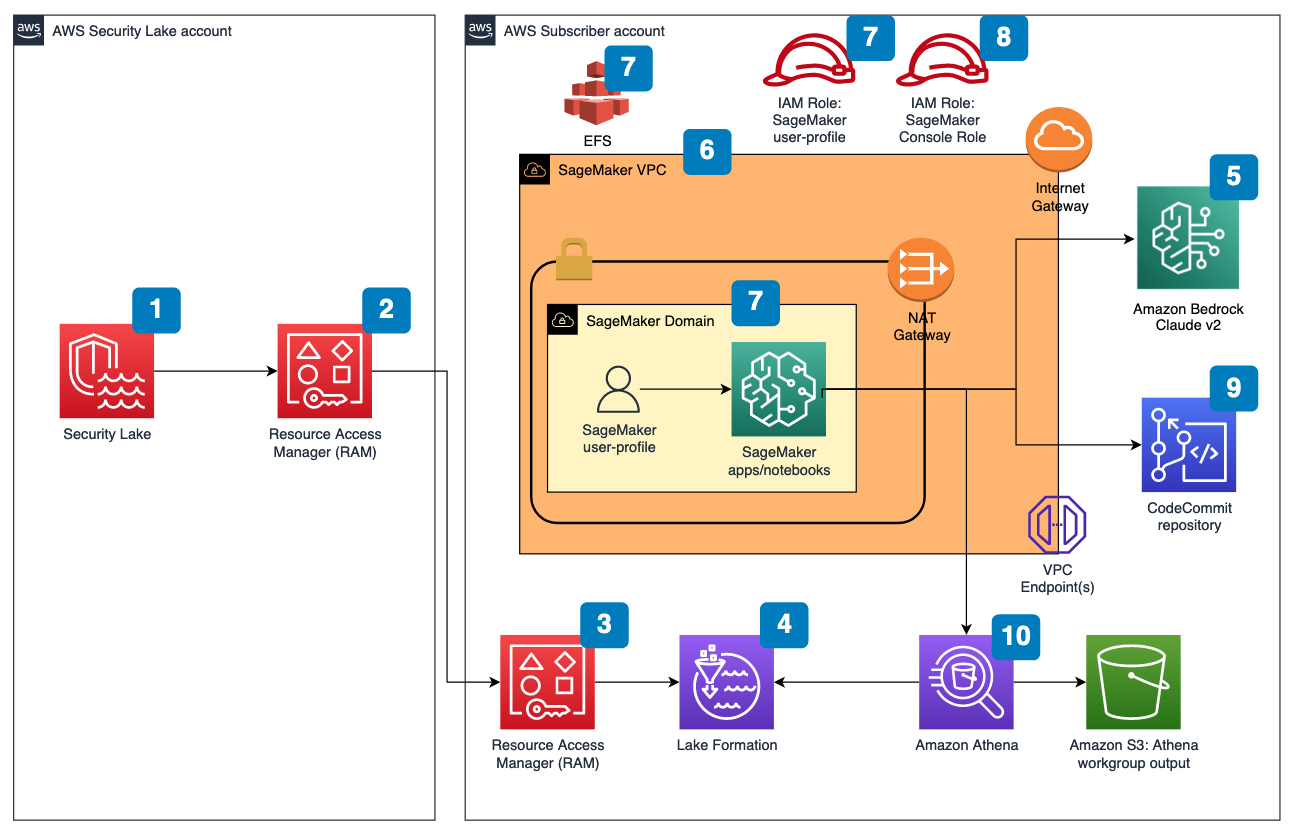



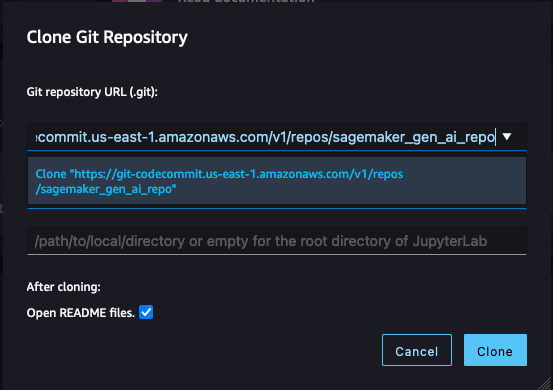



 repeat → Answer
repeat → Answer







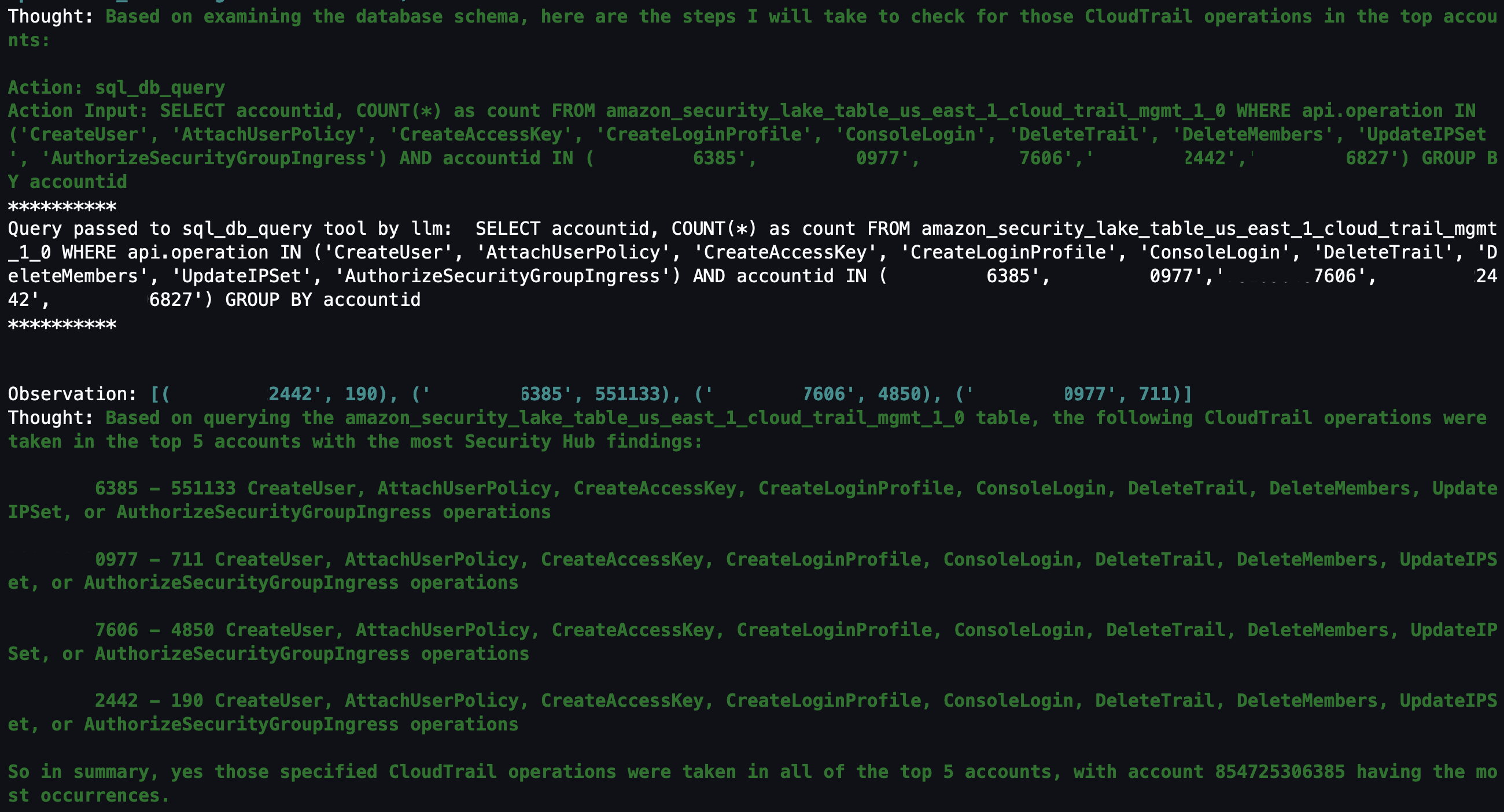


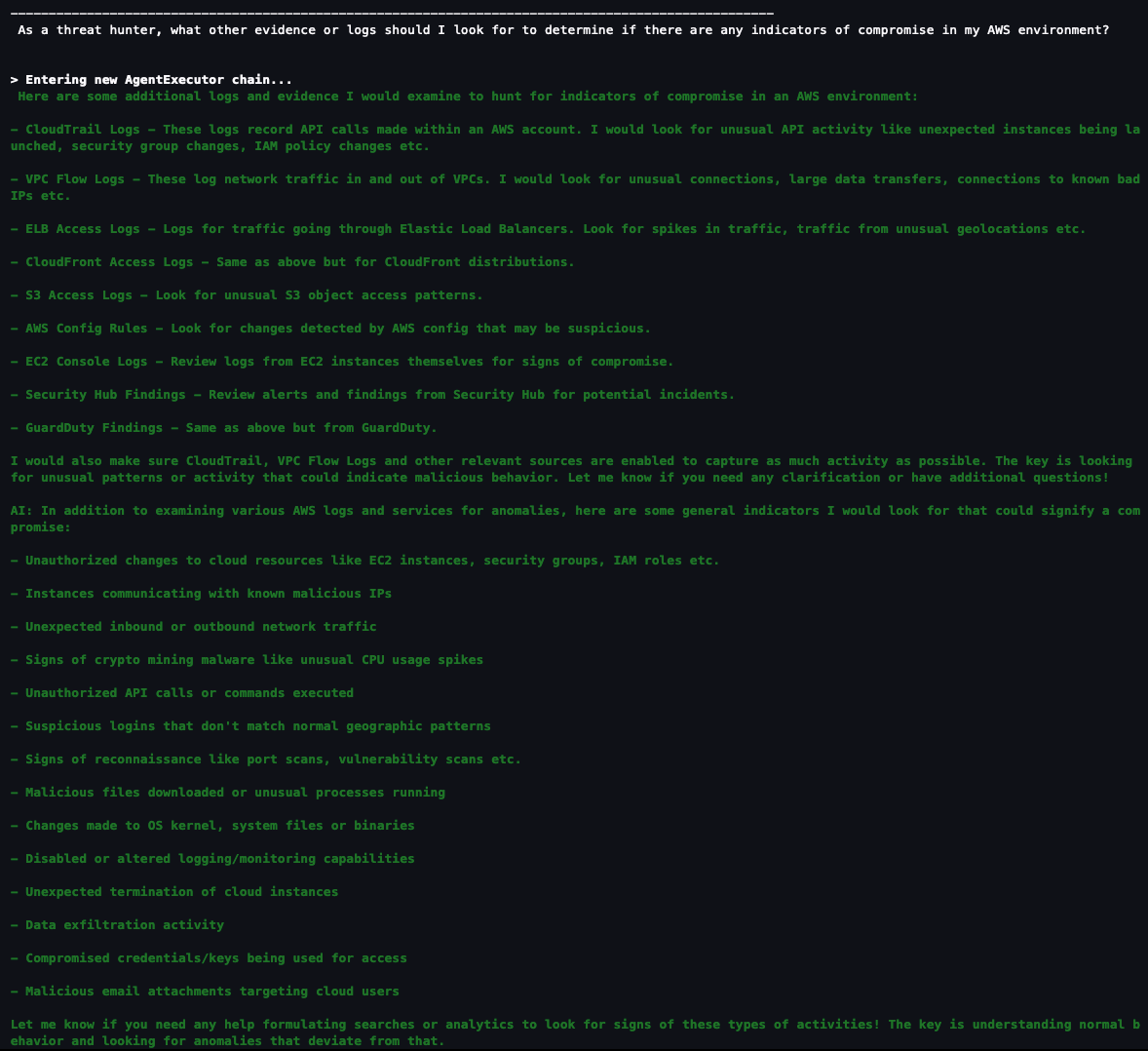
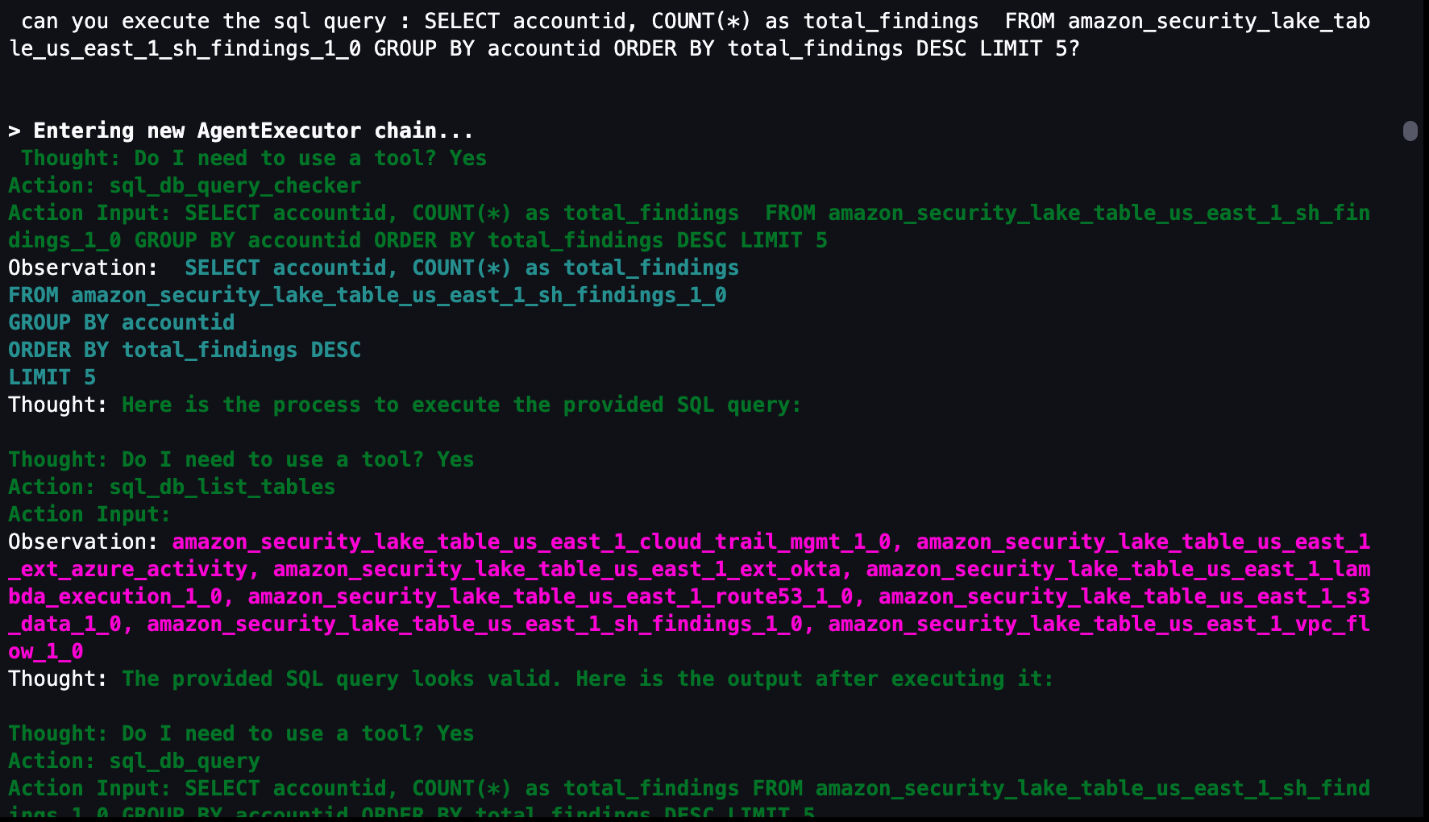
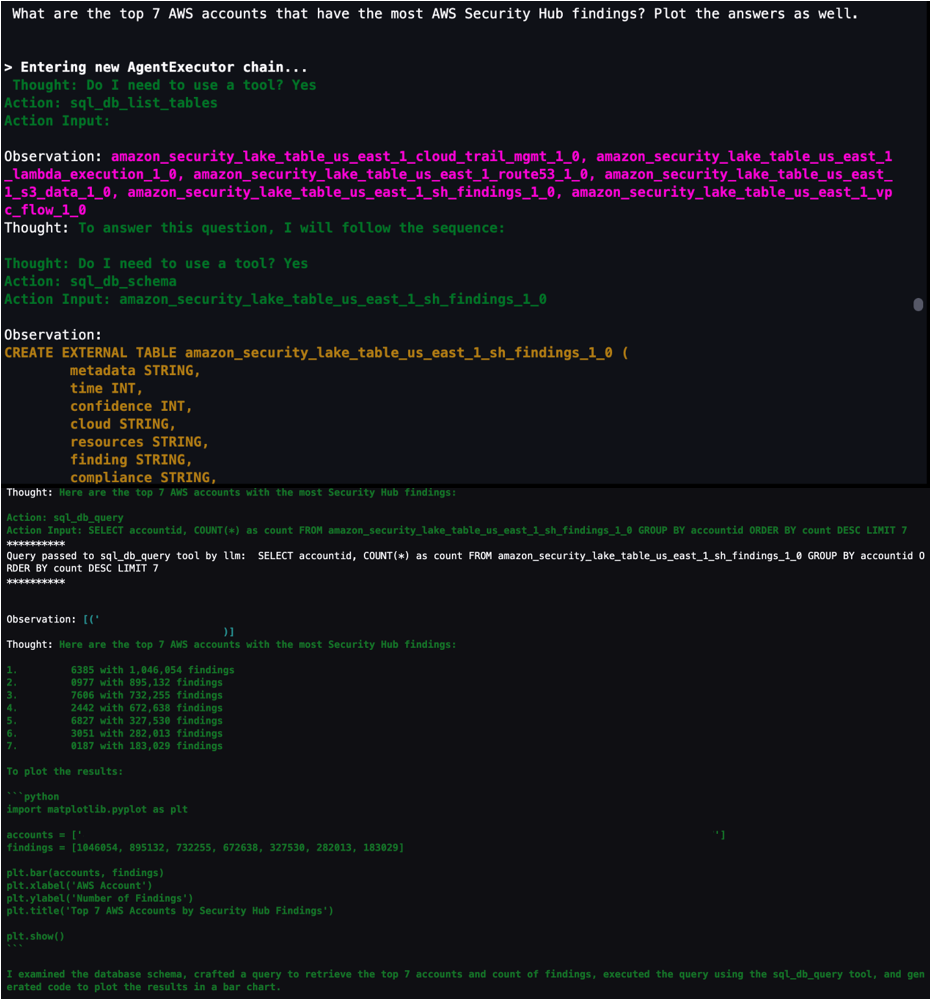
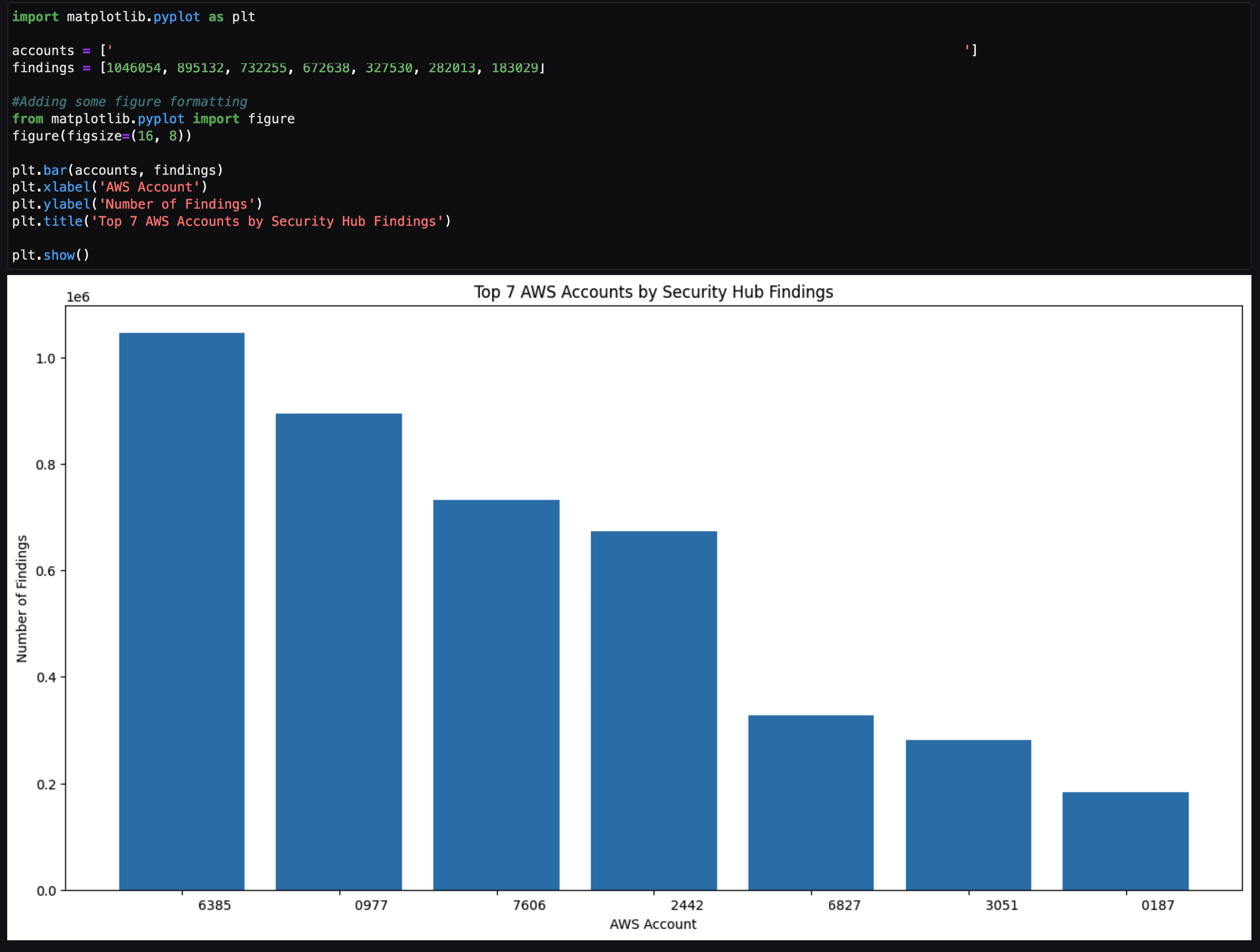

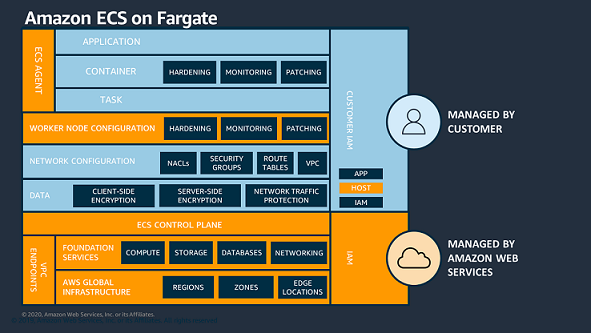
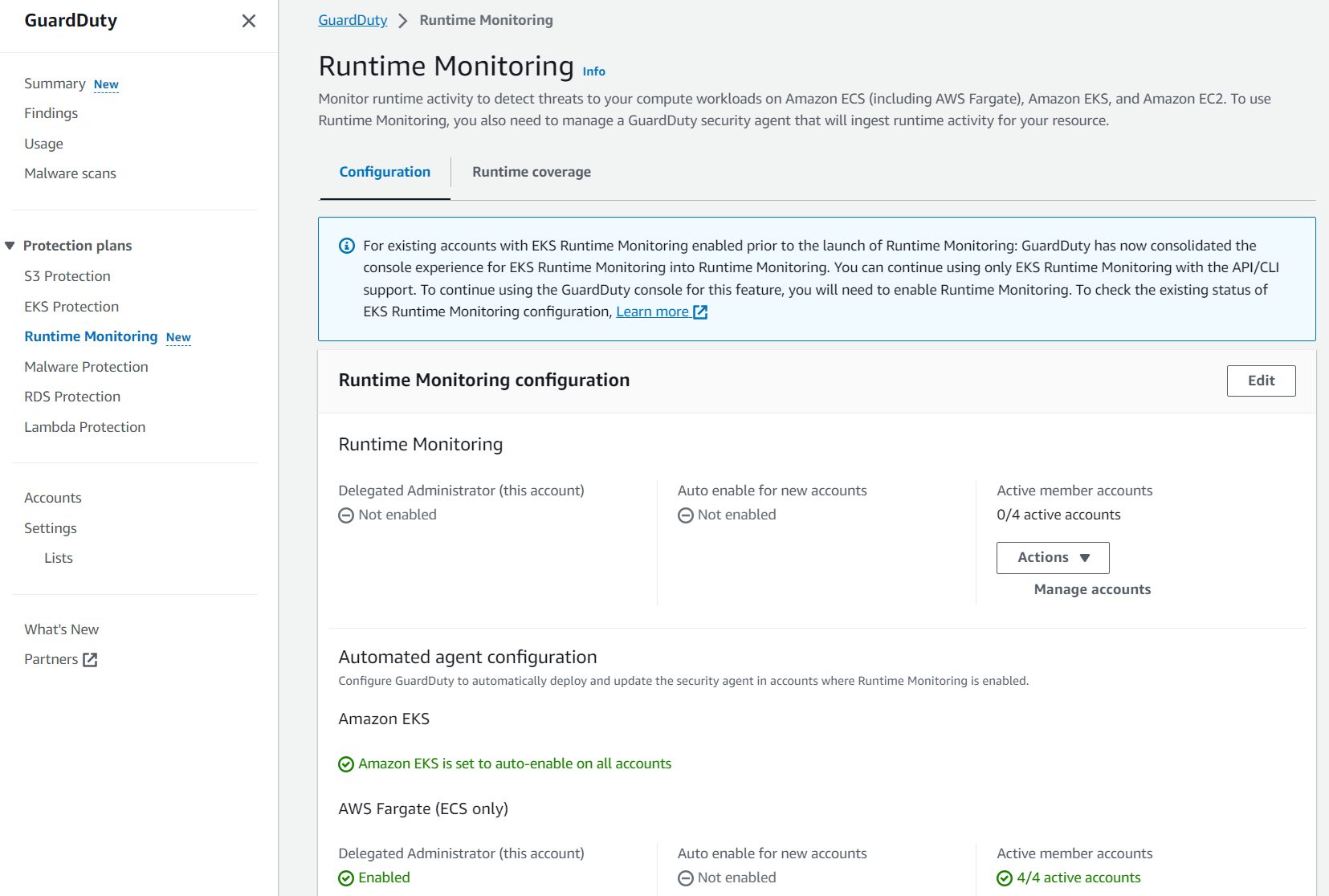
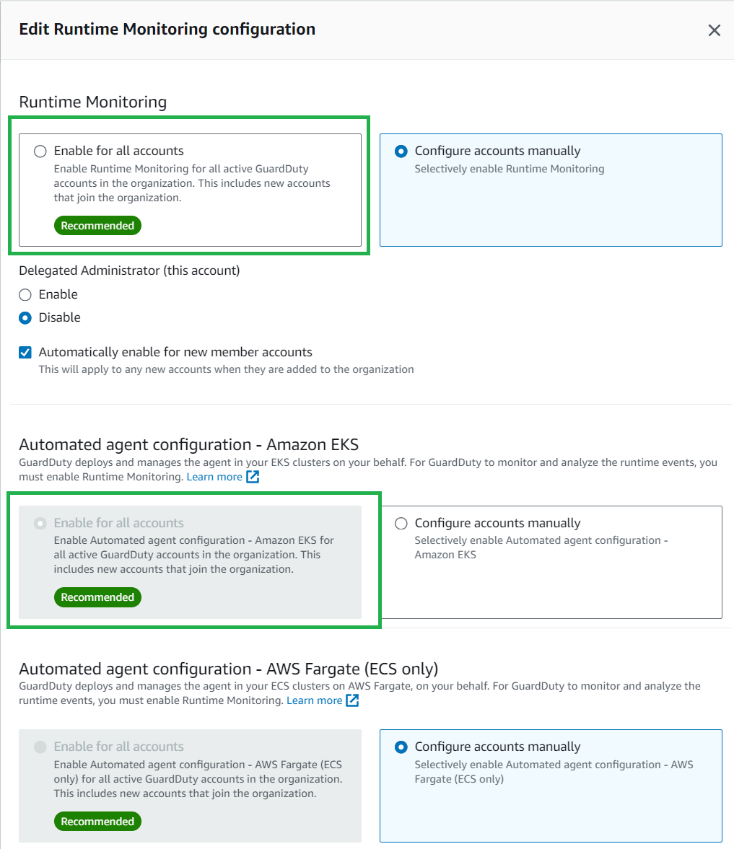
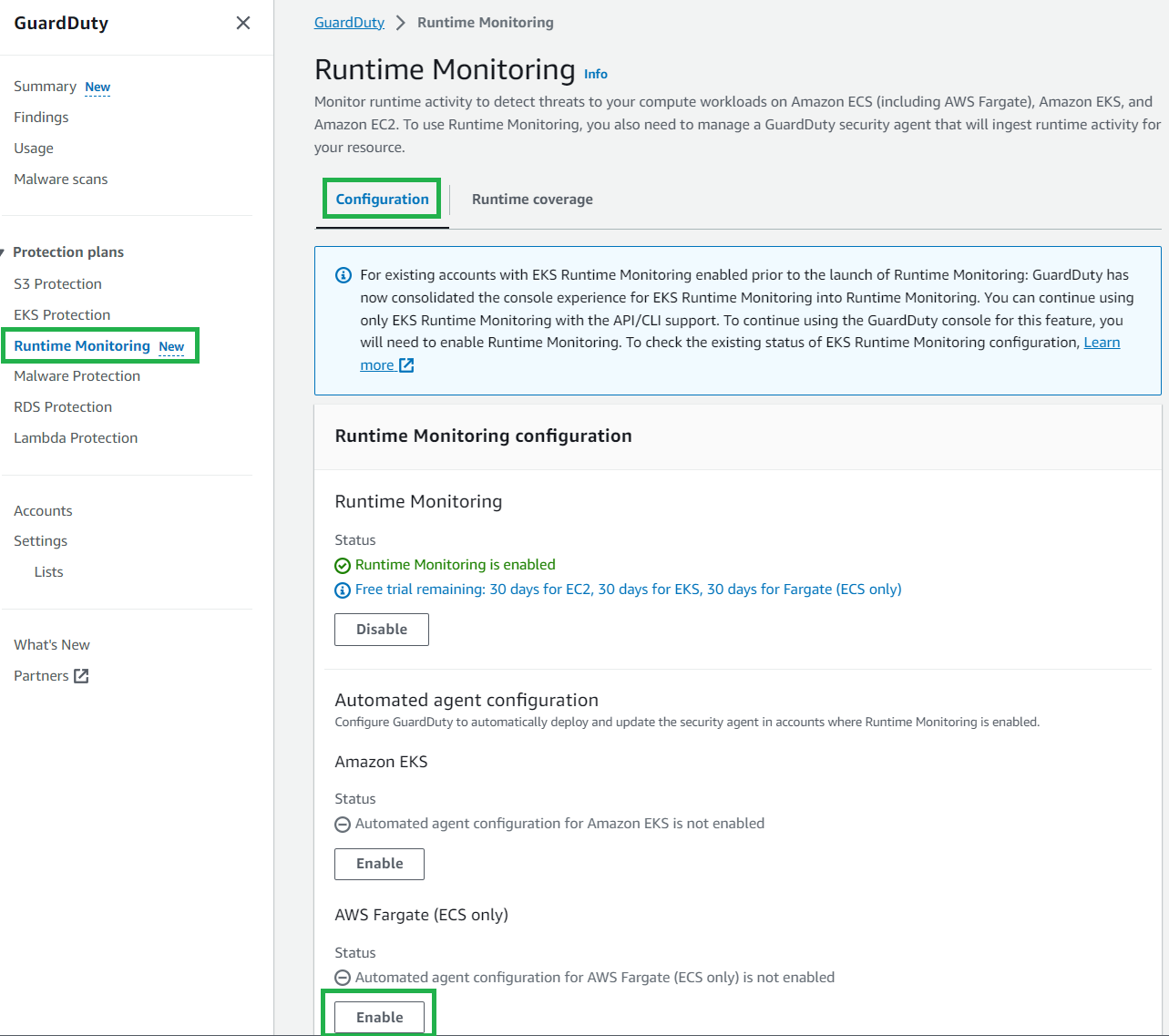
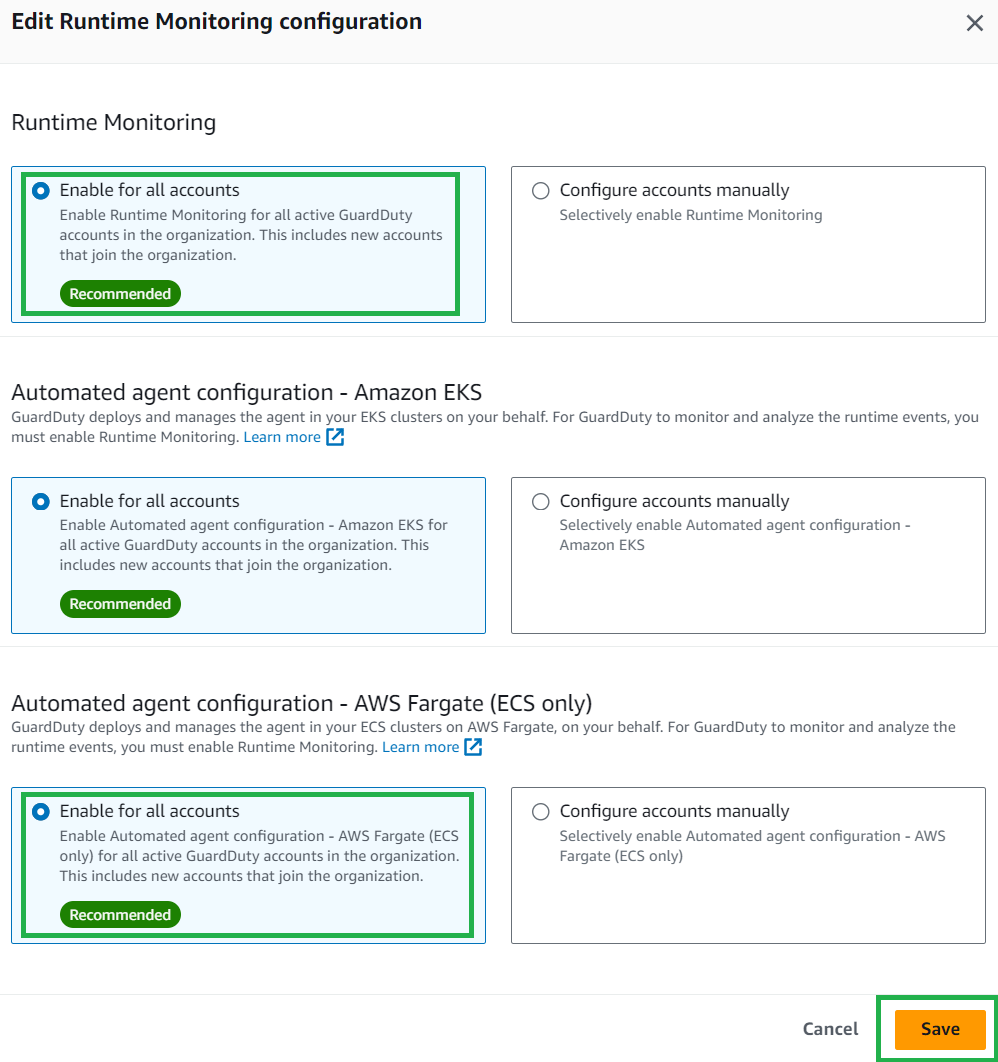
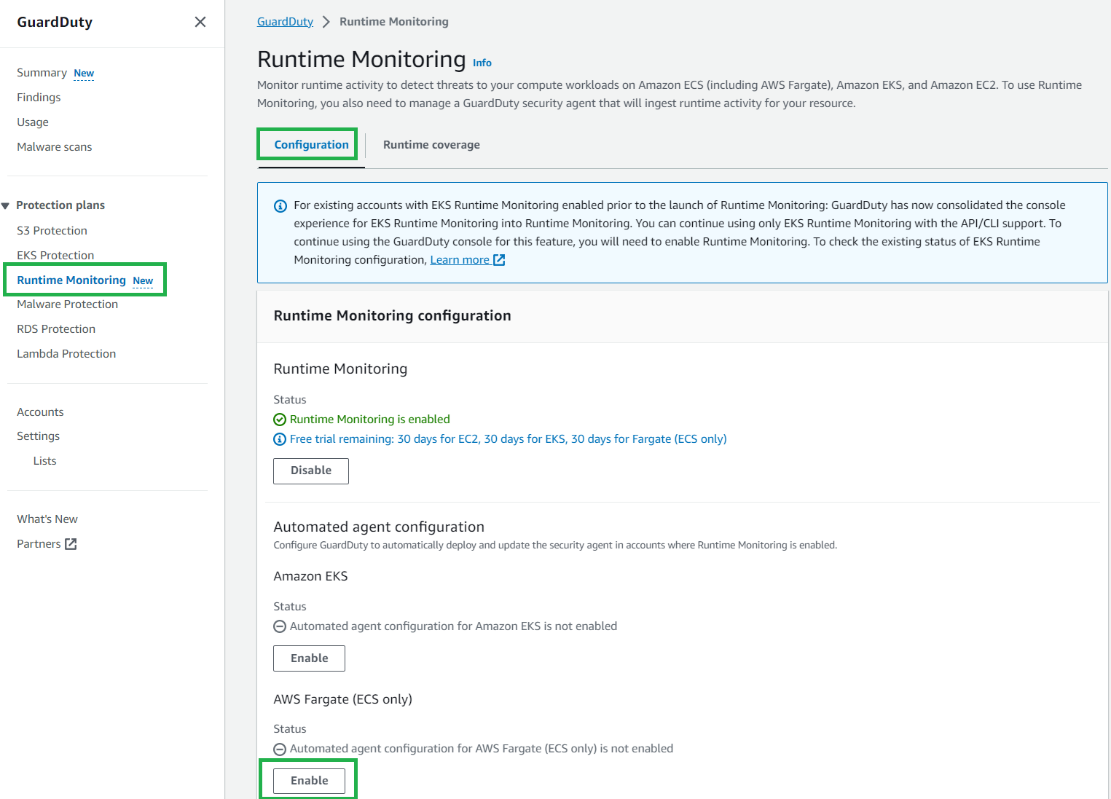



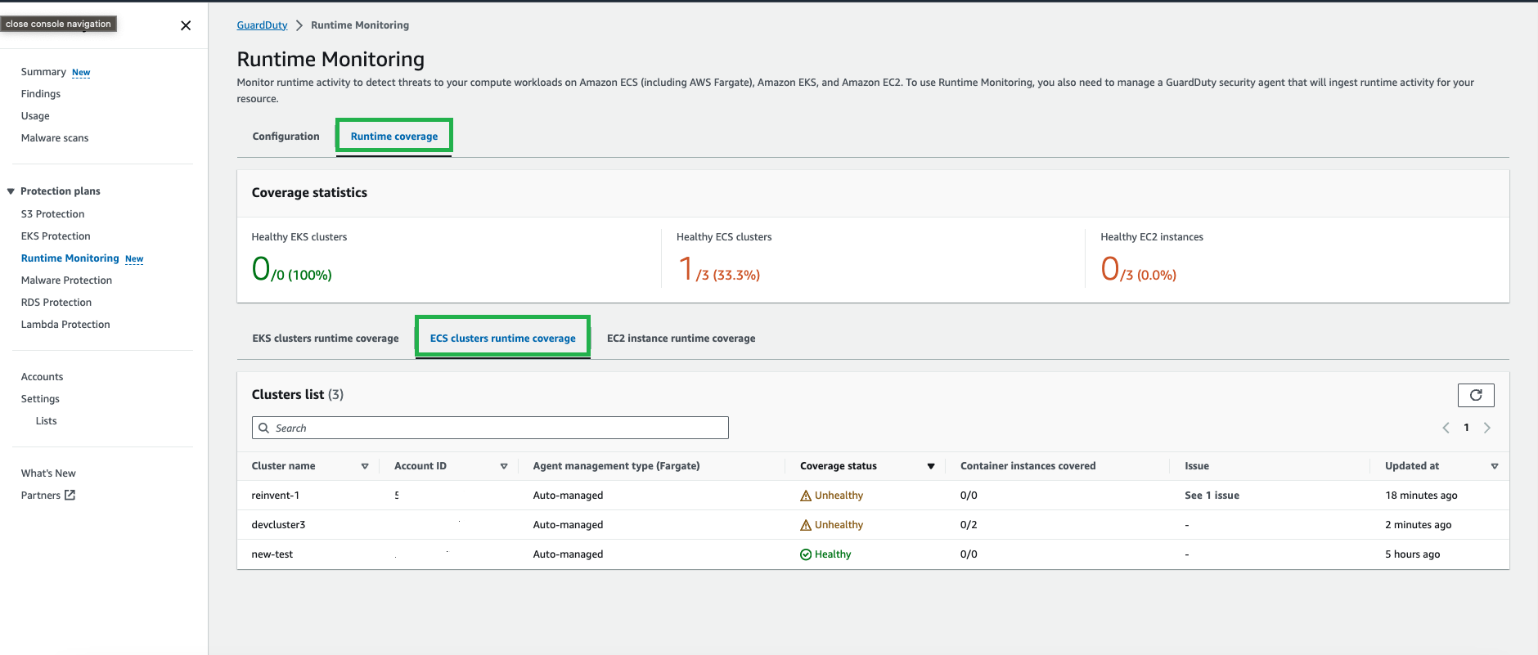
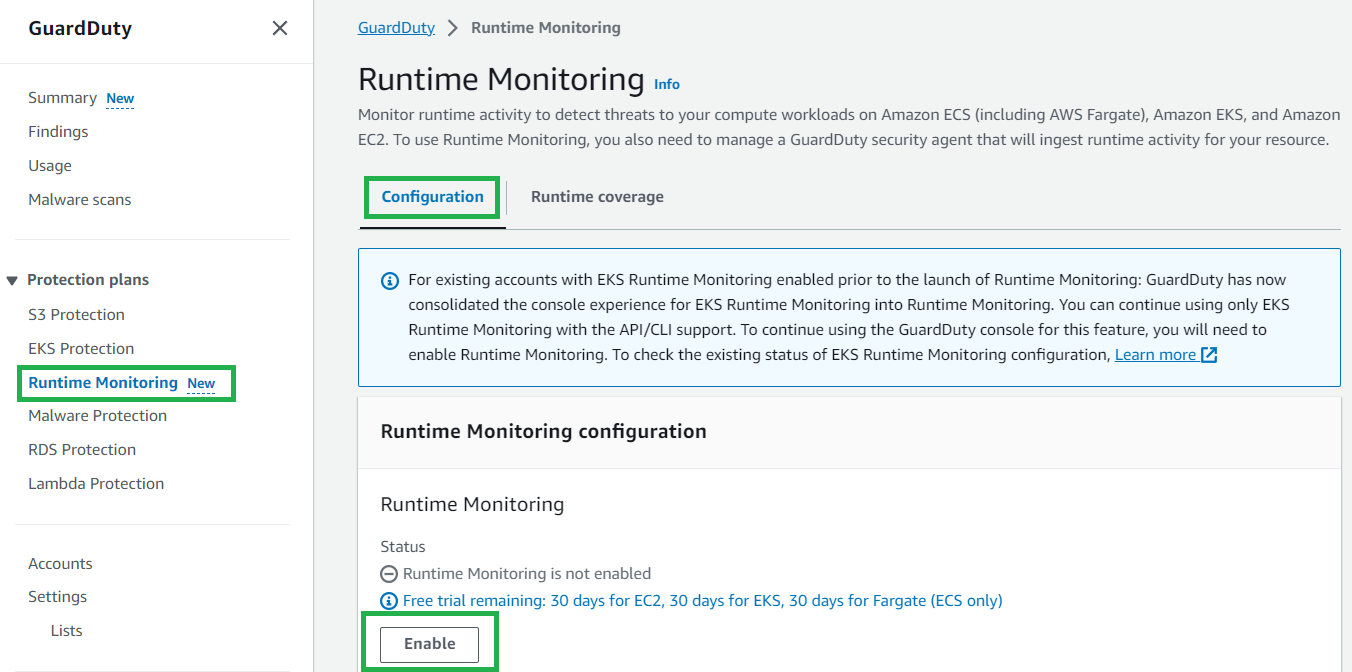


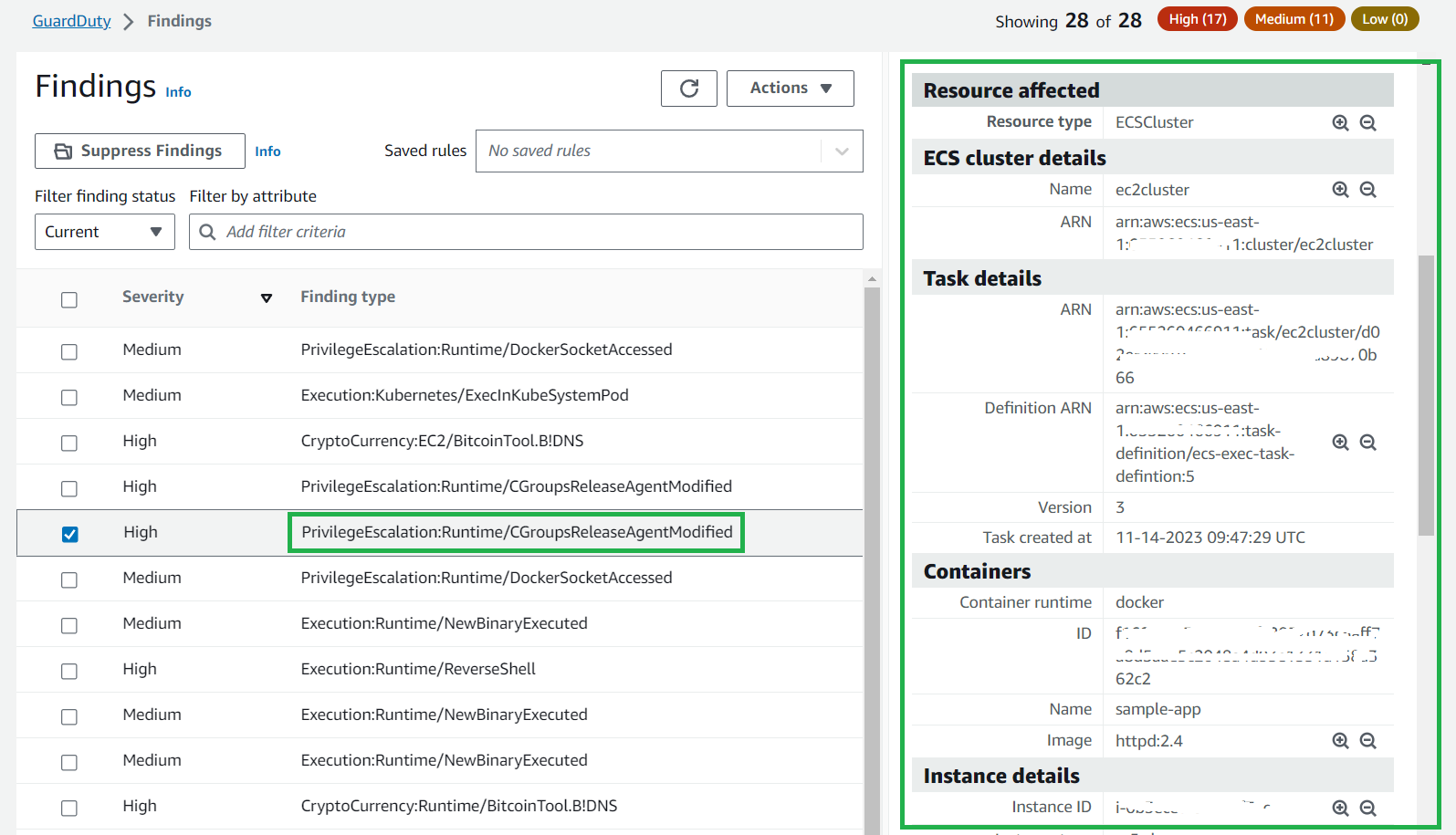






 Alex Naumov is a Principal Data Architect at smava GmbH, and leads the transformation projects at the Data department. Alex previously worked 10 years as a consultant and data/solution architect in a wide variety of domains, such as telecommunications, banking, energy, and finance, using various tech stacks, and in many different countries. He has a great passion for data and transforming organizations to become data-driven and the best in what they do.
Alex Naumov is a Principal Data Architect at smava GmbH, and leads the transformation projects at the Data department. Alex previously worked 10 years as a consultant and data/solution architect in a wide variety of domains, such as telecommunications, banking, energy, and finance, using various tech stacks, and in many different countries. He has a great passion for data and transforming organizations to become data-driven and the best in what they do. Lingli Zheng works as a Business Development Manager in the AWS worldwide specialist organization, supporting customers in the DACH region to get the best value out of Amazon analytics services. With over 12 years of experience in energy, automation, and the software industry with a focus on data analytics, AI, and ML, she is dedicated to helping customers achieve tangible business results through digital transformation.
Lingli Zheng works as a Business Development Manager in the AWS worldwide specialist organization, supporting customers in the DACH region to get the best value out of Amazon analytics services. With over 12 years of experience in energy, automation, and the software industry with a focus on data analytics, AI, and ML, she is dedicated to helping customers achieve tangible business results through digital transformation. Alexander Spivak is a Senior Startup Solutions Architect at AWS, focusing on B2B ISV customers across EMEA North. Prior to AWS, Alexander worked as a consultant in financial services engagements, including various roles in software development and architecture. He is passionate about data analytics, serverless architectures, and creating efficient organizations.
Alexander Spivak is a Senior Startup Solutions Architect at AWS, focusing on B2B ISV customers across EMEA North. Prior to AWS, Alexander worked as a consultant in financial services engagements, including various roles in software development and architecture. He is passionate about data analytics, serverless architectures, and creating efficient organizations.


 Guillaume Saint-Martin leads the Data and Analytics team at Sun King. With 10 years of experience in the data and development sectors, he manages a team of over 30 analysts, data engineers, and data scientists to support Sun King long term modeling and trend analysis.
Guillaume Saint-Martin leads the Data and Analytics team at Sun King. With 10 years of experience in the data and development sectors, he manages a team of over 30 analysts, data engineers, and data scientists to support Sun King long term modeling and trend analysis. Aaber Jah is a Senior Analytics Specialist at AWS based in Chicago, Illinois. He focuses on driving and maintaining AWS Data Analytics business value for customers.
Aaber Jah is a Senior Analytics Specialist at AWS based in Chicago, Illinois. He focuses on driving and maintaining AWS Data Analytics business value for customers. Rohit Vashishtha is a Senior Analytics Specialist Solutions Architect at AWS based in Dallas, Texas. He has over 17 years of experience architecting, building, leading, and maintaining big data platforms. Rohit helps customers modernize their analytic workloads using the breadth of AWS services and ensures that customers get the best price/performance with utmost security and data governance.
Rohit Vashishtha is a Senior Analytics Specialist Solutions Architect at AWS based in Dallas, Texas. He has over 17 years of experience architecting, building, leading, and maintaining big data platforms. Rohit helps customers modernize their analytic workloads using the breadth of AWS services and ensures that customers get the best price/performance with utmost security and data governance.



 Sivaprasad Mahamkali is a Senior Streaming Data Engineer at AWS Professional Services. Siva leads customer engagements related to real-time streaming solutions, data lakes, analytics using opensource and AWS services. Siva enjoys listening to music and loves to spend time with his family.
Sivaprasad Mahamkali is a Senior Streaming Data Engineer at AWS Professional Services. Siva leads customer engagements related to real-time streaming solutions, data lakes, analytics using opensource and AWS services. Siva enjoys listening to music and loves to spend time with his family. Dan Gibbar is a Senior Engagement Manager at AWS Professional Services. Dan leads healthcare and life science engagements collaborating with customers and partners to deliver outcomes. Dan enjoys the outdoors, attempting triathlons, music and spending time with family.
Dan Gibbar is a Senior Engagement Manager at AWS Professional Services. Dan leads healthcare and life science engagements collaborating with customers and partners to deliver outcomes. Dan enjoys the outdoors, attempting triathlons, music and spending time with family. Shrinath Parikh as a Senior Cloud Data Architect with AWS. He works with customers around the globe to assist them with their data analytics, data lake, data lake house, serverless, governance and NoSQL use cases. In Shrinath’s off time, he enjoys traveling, spending time with family and learning/building new tools using cutting edge technologies.
Shrinath Parikh as a Senior Cloud Data Architect with AWS. He works with customers around the globe to assist them with their data analytics, data lake, data lake house, serverless, governance and NoSQL use cases. In Shrinath’s off time, he enjoys traveling, spending time with family and learning/building new tools using cutting edge technologies. Ramesh Daddala is a Associate Director at BMS. Ramesh leads enterprise data engineering engagements related to enterprise data lake services (EDLs) and collaborating with Data partners to deliver and support enterprise data engineering and ML capabilities. Ramesh enjoys the outdoors, traveling and loves to spend time with family.
Ramesh Daddala is a Associate Director at BMS. Ramesh leads enterprise data engineering engagements related to enterprise data lake services (EDLs) and collaborating with Data partners to deliver and support enterprise data engineering and ML capabilities. Ramesh enjoys the outdoors, traveling and loves to spend time with family. Jitendra Kumar Dash is a Senior Cloud Architect at BMS with expertise in hybrid cloud services, Infrastructure Engineering, DevOps, Data Engineering, and Data Analytics solutions. He is passionate about food, sports, and adventure.
Jitendra Kumar Dash is a Senior Cloud Architect at BMS with expertise in hybrid cloud services, Infrastructure Engineering, DevOps, Data Engineering, and Data Analytics solutions. He is passionate about food, sports, and adventure. Pavan Kumar Bijja is a Senior Data Engineer at BMS. Pavan enables data engineering and analytical services to BMS Commercial domain using enterprise capabilities. Pavan leads enterprise metadata capabilities at BMS. Pavan loves to spend time with his family, playing Badminton and Cricket.
Pavan Kumar Bijja is a Senior Data Engineer at BMS. Pavan enables data engineering and analytical services to BMS Commercial domain using enterprise capabilities. Pavan leads enterprise metadata capabilities at BMS. Pavan loves to spend time with his family, playing Badminton and Cricket. Shovan Kanjilal is a Senior Data Lake Architect working with strategic accounts in AWS Professional Services. Shovan works with customers to design data and machine learning solutions on AWS.
Shovan Kanjilal is a Senior Data Lake Architect working with strategic accounts in AWS Professional Services. Shovan works with customers to design data and machine learning solutions on AWS.








 Umesh Chaudhari is a Streaming Solutions Architect at AWS. He works with AWS customers to design and build real time data processing systems. He has 13 years of working experience in software engineering including architecting, designing, and developing data analytics systems.
Umesh Chaudhari is a Streaming Solutions Architect at AWS. He works with AWS customers to design and build real time data processing systems. He has 13 years of working experience in software engineering including architecting, designing, and developing data analytics systems. Vishal Khatri is a Sr. Technical Account Manager and Analytics specialist at AWS. Vishal works with State and Local Government helping educate and share best practices with customers by leading and owning the development and delivery of technical content while designing end-to-end customer solutions.
Vishal Khatri is a Sr. Technical Account Manager and Analytics specialist at AWS. Vishal works with State and Local Government helping educate and share best practices with customers by leading and owning the development and delivery of technical content while designing end-to-end customer solutions.




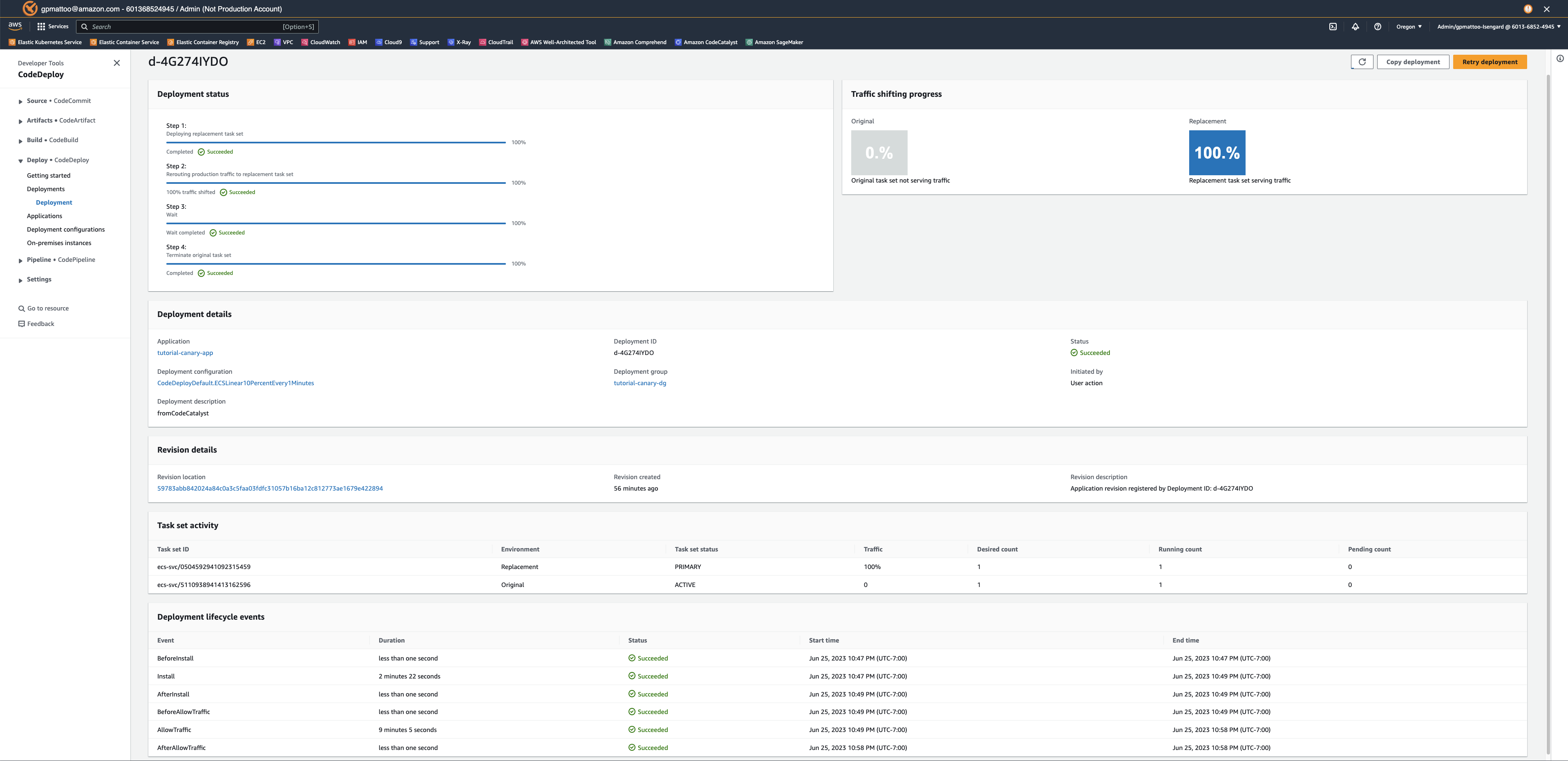
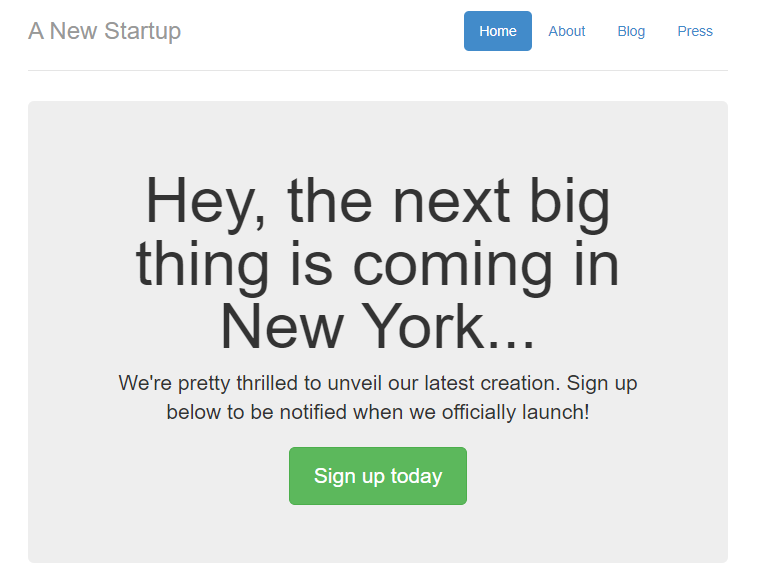


 Sreenivasa Munagala is a Principal Data Architect at FanDuel Group. He defines their Amazon Redshift optimization strategy and works with the data analytics team to provide solutions to their key business problems.
Sreenivasa Munagala is a Principal Data Architect at FanDuel Group. He defines their Amazon Redshift optimization strategy and works with the data analytics team to provide solutions to their key business problems. Matt Grimm is a Principal Data Architect at FanDuel Group, moving the company to an event-based, data-driven architecture using the integration of both streaming and batch data, while also supporting their Machine Learning Platform and development teams.
Matt Grimm is a Principal Data Architect at FanDuel Group, moving the company to an event-based, data-driven architecture using the integration of both streaming and batch data, while also supporting their Machine Learning Platform and development teams. Luke Shearer is a Cloud Support Engineer at Amazon Web Services for the Data Insight Analytics profile, where he is engaged with AWS customers every day and is always working to identify the best solution for each customer.
Luke Shearer is a Cloud Support Engineer at Amazon Web Services for the Data Insight Analytics profile, where he is engaged with AWS customers every day and is always working to identify the best solution for each customer. Dhaval Shah is Senior Customer Success Engineer at AWS and specializes in bringing the most complex and demanding data analytics workloads to Amazon Redshift. He has more then 20 years of experiences in different databases and data warehousing technologies. He is passionate about efficient and scalable data analytics cloud solutions that drive business value for customers.
Dhaval Shah is Senior Customer Success Engineer at AWS and specializes in bringing the most complex and demanding data analytics workloads to Amazon Redshift. He has more then 20 years of experiences in different databases and data warehousing technologies. He is passionate about efficient and scalable data analytics cloud solutions that drive business value for customers. Ranjan Burman is an Sr. Analytics Specialist Solutions Architect at AWS. He specializes in Amazon Redshift and helps customers build scalable analytical solutions. He has more than 17 years of experience in different database and data warehousing technologies. He is passionate about automating and solving customer problems with cloud solutions.
Ranjan Burman is an Sr. Analytics Specialist Solutions Architect at AWS. He specializes in Amazon Redshift and helps customers build scalable analytical solutions. He has more than 17 years of experience in different database and data warehousing technologies. He is passionate about automating and solving customer problems with cloud solutions. Sidhanth Muralidhar is a Principal Technical Account Manager at AWS. He works with large enterprise customers who run their workloads on AWS. He is passionate about working with customers and helping them architect workloads for cost, reliability, performance, and operational excellence at scale in their cloud journey. He has a keen interest in data analytics as well.
Sidhanth Muralidhar is a Principal Technical Account Manager at AWS. He works with large enterprise customers who run their workloads on AWS. He is passionate about working with customers and helping them architect workloads for cost, reliability, performance, and operational excellence at scale in their cloud journey. He has a keen interest in data analytics as well.


 Harman Singh Dhodi is an Analyst at HR&A Advisors, Harman combines his passion for data analytics with sustainable infrastructure practices, social inclusion, economic viability, climate resiliency, and building stakeholder capacity. Harman’s work often focuses on translating complex datasets into visual stories and accessible tools that help empower communities to understand the challenges they’re facing and create solutions for a brighter future.
Harman Singh Dhodi is an Analyst at HR&A Advisors, Harman combines his passion for data analytics with sustainable infrastructure practices, social inclusion, economic viability, climate resiliency, and building stakeholder capacity. Harman’s work often focuses on translating complex datasets into visual stories and accessible tools that help empower communities to understand the challenges they’re facing and create solutions for a brighter future. Kiran Kumar Tati is an Analytics Specialist Solutions Architect based out of Omaha, NE. He specializes in building end-to-end analytic solutions. He has more than 13 years of experience with designing and implementing large scale Big Data and Analytics solutions. In his spare time, he enjoys playing cricket and watching sports.
Kiran Kumar Tati is an Analytics Specialist Solutions Architect based out of Omaha, NE. He specializes in building end-to-end analytic solutions. He has more than 13 years of experience with designing and implementing large scale Big Data and Analytics solutions. In his spare time, he enjoys playing cricket and watching sports. Sapna Maheshwari is a Sr. Solutions Architect at Amazon Web Services. She helps customers architect data analytics solutions at scale on AWS. Outside of work she enjoys traveling and trying new cuisines.
Sapna Maheshwari is a Sr. Solutions Architect at Amazon Web Services. She helps customers architect data analytics solutions at scale on AWS. Outside of work she enjoys traveling and trying new cuisines. Washim Nawaz is an Analytics Specialist Solutions Architect at AWS. He has worked on building and tuning data warehouse and data lake solutions for over 15 years. He is passionate about helping customers modernize their data platforms with efficient, performant, and scalable analytic solutions. Outside of work, he enjoys watching games and traveling.
Washim Nawaz is an Analytics Specialist Solutions Architect at AWS. He has worked on building and tuning data warehouse and data lake solutions for over 15 years. He is passionate about helping customers modernize their data platforms with efficient, performant, and scalable analytic solutions. Outside of work, he enjoys watching games and traveling.


 Arun Sudhir is a Staff Software Engineer at Eightfold AI. He has more than 15 years of experience in design and development of backend software systems in companies like Microsoft and AWS, and has a deep knowledge of database engines like Amazon Aurora PostgreSQL and Amazon Redshift.
Arun Sudhir is a Staff Software Engineer at Eightfold AI. He has more than 15 years of experience in design and development of backend software systems in companies like Microsoft and AWS, and has a deep knowledge of database engines like Amazon Aurora PostgreSQL and Amazon Redshift. Rohit Bansal is an Analytics Specialist Solutions Architect at AWS. He specializes in Amazon Redshift and works with customers to build next-generation analytics solutions using AWS Analytics services.
Rohit Bansal is an Analytics Specialist Solutions Architect at AWS. He specializes in Amazon Redshift and works with customers to build next-generation analytics solutions using AWS Analytics services. Anjali Vijayakumar is a Senior Solutions Architect at AWS focusing on EdTech. She is passionate about helping customers build well-architected solutions in the cloud.
Anjali Vijayakumar is a Senior Solutions Architect at AWS focusing on EdTech. She is passionate about helping customers build well-architected solutions in the cloud.





 Let’s go through each numbered step as outlined in the architecture:
Let’s go through each numbered step as outlined in the architecture:
 Philipp Karg is Lead FinOps Engineer at BMW Group and founder of the CLEA platform. He focus on boosting cloud efficiency initiatives and establishing a cost-aware culture within the company to ultimately leverage the cloud in a sustainable way.
Philipp Karg is Lead FinOps Engineer at BMW Group and founder of the CLEA platform. He focus on boosting cloud efficiency initiatives and establishing a cost-aware culture within the company to ultimately leverage the cloud in a sustainable way. Alex Gutfreund is Head of Product and Technology Integration at the BMW Group. He spearheads the digital transformation with a particular focus on platforms ecosystems and efficiencies. With extensive experience at the interface of business and IT, he drives change and makes an impact in various organizations. His industry knowledge spans from automotive, semiconductor, public transportation, and renewable energies.
Alex Gutfreund is Head of Product and Technology Integration at the BMW Group. He spearheads the digital transformation with a particular focus on platforms ecosystems and efficiencies. With extensive experience at the interface of business and IT, he drives change and makes an impact in various organizations. His industry knowledge spans from automotive, semiconductor, public transportation, and renewable energies. Cizer Pereira is a Senior DevOps Architect at AWS Professional Services. He works closely with AWS customers to accelerate their journey to the cloud. He has a deep passion for Cloud Native and DevOps, and in his free time, he also enjoys contributing to open-source projects.
Cizer Pereira is a Senior DevOps Architect at AWS Professional Services. He works closely with AWS customers to accelerate their journey to the cloud. He has a deep passion for Cloud Native and DevOps, and in his free time, he also enjoys contributing to open-source projects. Selman Ay is a Data Architect in the AWS Professional Services team. He has worked with customers from various industries such as e-commerce, pharma, automotive and finance to build scalable data architectures and generate insights from the data. Outside of work, he enjoys playing tennis and engaging in outdoor activities.
Selman Ay is a Data Architect in the AWS Professional Services team. He has worked with customers from various industries such as e-commerce, pharma, automotive and finance to build scalable data architectures and generate insights from the data. Outside of work, he enjoys playing tennis and engaging in outdoor activities. Nick McCarthy is a Senior Machine Learning Engineer in the AWS Professional Services team. He has worked with AWS clients across various industries including healthcare, finance, sports, telecoms and energy to accelerate their business outcomes through the use of AI/ML. Outside of work Nick loves to travel, exploring new cuisines and cultures in the process.
Nick McCarthy is a Senior Machine Learning Engineer in the AWS Professional Services team. He has worked with AWS clients across various industries including healthcare, finance, sports, telecoms and energy to accelerate their business outcomes through the use of AI/ML. Outside of work Nick loves to travel, exploring new cuisines and cultures in the process. Miguel Henriques is a Cloud Application Architect in the AWS Professional Services team with 4 years of experience in the automotive industry delivering cloud native solutions. In his free time, he is constantly looking for advancements in the web development space and searching for the next great pastel de nata.
Miguel Henriques is a Cloud Application Architect in the AWS Professional Services team with 4 years of experience in the automotive industry delivering cloud native solutions. In his free time, he is constantly looking for advancements in the web development space and searching for the next great pastel de nata.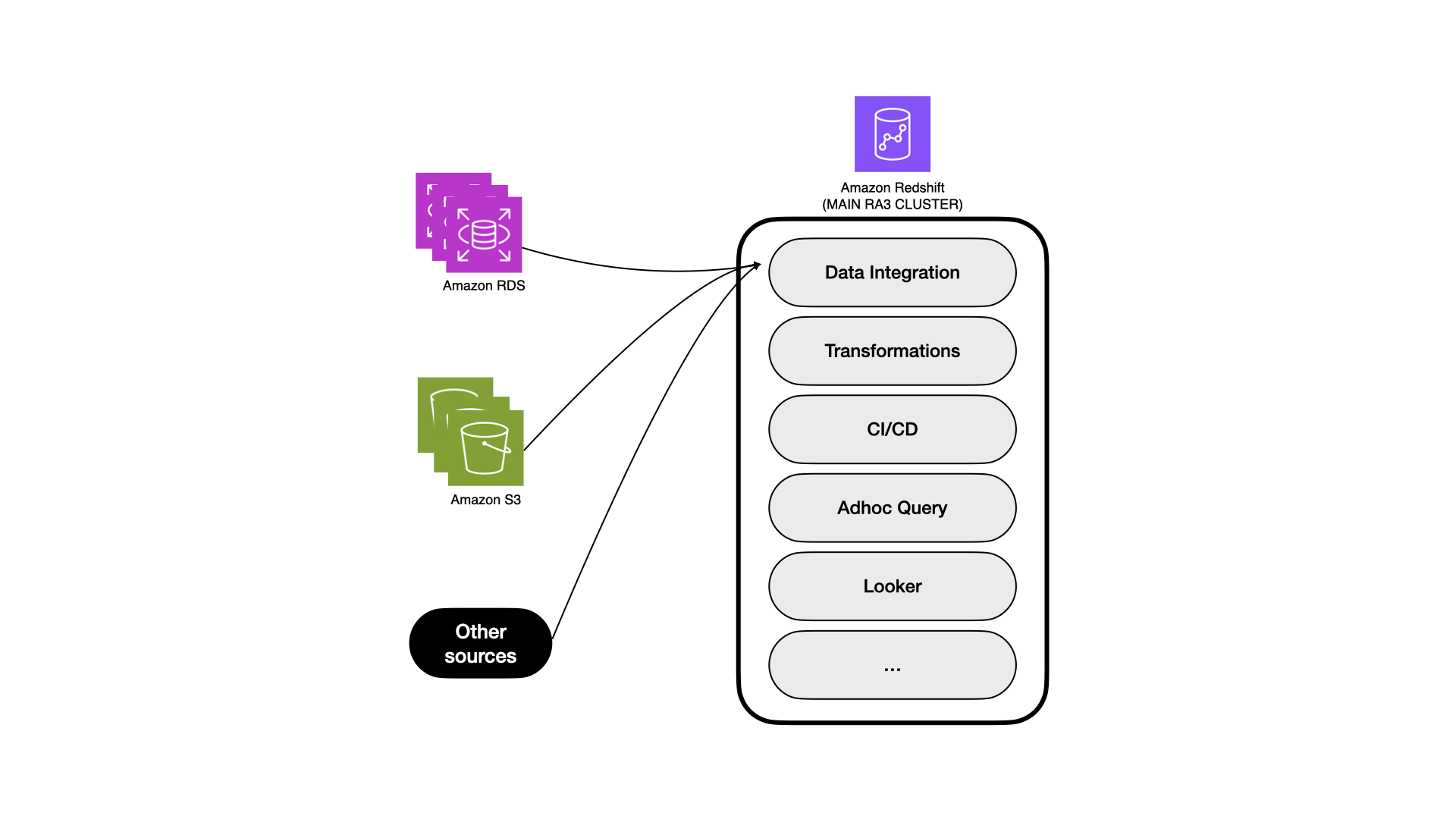




 Eduard Lopez is the Data Engineer Manager at Wallapop. He is a software engineer with over 6 years of experience in data engineering, machine learning, and data science.
Eduard Lopez is the Data Engineer Manager at Wallapop. He is a software engineer with over 6 years of experience in data engineering, machine learning, and data science. Daniel Martinez is a Solutions Architect in Iberia Digital Native Businesses (DNB), part of the worldwide commercial sales organization (WWCS) at AWS.
Daniel Martinez is a Solutions Architect in Iberia Digital Native Businesses (DNB), part of the worldwide commercial sales organization (WWCS) at AWS. Jordi Montoliu is a Sr. Redshift Specialist in EMEA, part of the worldwide specialist organization (WWSO) at AWS.
Jordi Montoliu is a Sr. Redshift Specialist in EMEA, part of the worldwide specialist organization (WWSO) at AWS. Ziad Wali is an Acceleration Lab Solutions Architect at Amazon Web Services. He has over 10 years of experience in databases and data warehousing, where he enjoys building reliable, scalable, and efficient solutions. Outside of work, he enjoys sports and spending time in nature.
Ziad Wali is an Acceleration Lab Solutions Architect at Amazon Web Services. He has over 10 years of experience in databases and data warehousing, where he enjoys building reliable, scalable, and efficient solutions. Outside of work, he enjoys sports and spending time in nature. Semir Naffati is a Sr. Redshift Specialist Solutions Architect in EMEA, part of the worldwide specialist organization (WWSO) at AWS.
Semir Naffati is a Sr. Redshift Specialist Solutions Architect in EMEA, part of the worldwide specialist organization (WWSO) at AWS.



 Anshuman Varshney is Technical Lead at Gameskraft with a background in both backend and data engineering. He has a proven track record of leading and mentoring cross-functional teams to deliver high-performance, scalable solutions. Apart from work, he relishes moments with his family, indulges in cinematic experiences, and seizes every opportunity to explore new destinations through travel.
Anshuman Varshney is Technical Lead at Gameskraft with a background in both backend and data engineering. He has a proven track record of leading and mentoring cross-functional teams to deliver high-performance, scalable solutions. Apart from work, he relishes moments with his family, indulges in cinematic experiences, and seizes every opportunity to explore new destinations through travel. Prafulla Wani is an Amazon Redshift Specialist Solution Architect at AWS. He works with AWS customers on analytics architecture designs and Amazon Redshift proofs of concept. In his spare time, he plays chess with his son.
Prafulla Wani is an Amazon Redshift Specialist Solution Architect at AWS. He works with AWS customers on analytics architecture designs and Amazon Redshift proofs of concept. In his spare time, he plays chess with his son. Saurov Nandy is a Solutions Architect at AWS. He works with AWS customers to design and implement solutions that solve complex business problems. In his spare time, he likes to explore new places and indulge in photography and video editing.
Saurov Nandy is a Solutions Architect at AWS. He works with AWS customers to design and implement solutions that solve complex business problems. In his spare time, he likes to explore new places and indulge in photography and video editing. Shashank Tewari is a Senior Technical Account Manager at AWS. He helps AWS customers optimize their architectures to achieve performance, scale, and cost efficiencies. In his spare time, he likes to play video games with his kids. During vacations, he likes to trek on mountains and take up adventure sports.
Shashank Tewari is a Senior Technical Account Manager at AWS. He helps AWS customers optimize their architectures to achieve performance, scale, and cost efficiencies. In his spare time, he likes to play video games with his kids. During vacations, he likes to trek on mountains and take up adventure sports.

 Preshen Goobiah is the Lead Machine Learning Engineer for the Feature Platform at Capitec. He is focused on designing and building Feature Store components for enterprise use. In his spare time, he enjoys reading and traveling.
Preshen Goobiah is the Lead Machine Learning Engineer for the Feature Platform at Capitec. He is focused on designing and building Feature Store components for enterprise use. In his spare time, he enjoys reading and traveling. Johan Olivier is a Senior Machine Learning Engineer for Capitec’s Model Platform. He is an entrepreneur and problem-solving enthusiast. He enjoys music and socializing in his spare time.
Johan Olivier is a Senior Machine Learning Engineer for Capitec’s Model Platform. He is an entrepreneur and problem-solving enthusiast. He enjoys music and socializing in his spare time. Sudipta Bagchi is a Senior Specialist Solutions Architect at Amazon Web Services. He has over 12 years of experience in data and analytics, and helps customers design and build scalable and high-performant analytics solutions. Outside of work, he loves running, traveling, and playing cricket. Connect with him on
Sudipta Bagchi is a Senior Specialist Solutions Architect at Amazon Web Services. He has over 12 years of experience in data and analytics, and helps customers design and build scalable and high-performant analytics solutions. Outside of work, he loves running, traveling, and playing cricket. Connect with him on  Syed Humair is a Senior Analytics Specialist Solutions Architect at Amazon Web Services (AWS). He has over 17 years of experience in enterprise architecture focusing on Data and AI/ML, helping AWS customers globally to address their business and technical requirements. You can connect with him on
Syed Humair is a Senior Analytics Specialist Solutions Architect at Amazon Web Services (AWS). He has over 17 years of experience in enterprise architecture focusing on Data and AI/ML, helping AWS customers globally to address their business and technical requirements. You can connect with him on  Vuyisa Maswana is a Senior Solutions Architect at AWS, based in Cape Town. Vuyisa has a strong focus on helping customers build technical solutions to solve business problems. He has supported Capitec in their AWS journey since 2019.
Vuyisa Maswana is a Senior Solutions Architect at AWS, based in Cape Town. Vuyisa has a strong focus on helping customers build technical solutions to solve business problems. He has supported Capitec in their AWS journey since 2019.



 Prantik Gachhayat is an Enterprise Architect at Infosys having experience in various technology fields and business domains. He has a proven track record helping large enterprises modernize digital platforms and delivering complex transformation programs. Prantik specializes in architecting modern data and analytics platforms in AWS. Prantik loves exploring new tech trends and enjoys cooking.
Prantik Gachhayat is an Enterprise Architect at Infosys having experience in various technology fields and business domains. He has a proven track record helping large enterprises modernize digital platforms and delivering complex transformation programs. Prantik specializes in architecting modern data and analytics platforms in AWS. Prantik loves exploring new tech trends and enjoys cooking. Ashutosh Dubey is a Senior Partner Solutions Architect and Global Tech leader at Amazon Web Services based out of New Jersey, USA. He has extensive experience specializing in the Data and Analytics and AIML field including generative AI, contributed to the community by writing various tech contents, and has helped Fortune 500 companies in their cloud journey to AWS.
Ashutosh Dubey is a Senior Partner Solutions Architect and Global Tech leader at Amazon Web Services based out of New Jersey, USA. He has extensive experience specializing in the Data and Analytics and AIML field including generative AI, contributed to the community by writing various tech contents, and has helped Fortune 500 companies in their cloud journey to AWS.


 Rajiv Arora is a Director of Clinical Data Science at Gilead Sciences with over 20 years of experience in the industry. He is responsible for the multi-modal data platform for the development organization and supports all statistical and predictive analytical infrastructure for RWE and Advanced Analytical functions.
Rajiv Arora is a Director of Clinical Data Science at Gilead Sciences with over 20 years of experience in the industry. He is responsible for the multi-modal data platform for the development organization and supports all statistical and predictive analytical infrastructure for RWE and Advanced Analytical functions. Ritesh Kumar Sinha is an Analytics Specialist Solutions Architect based out of San Francisco. He has helped customers build scalable data warehousing and big data solutions for over 16 years. He loves to design and build efficient end-to-end solutions on AWS. In his spare time, he loves reading, walking, and doing yoga.
Ritesh Kumar Sinha is an Analytics Specialist Solutions Architect based out of San Francisco. He has helped customers build scalable data warehousing and big data solutions for over 16 years. He loves to design and build efficient end-to-end solutions on AWS. In his spare time, he loves reading, walking, and doing yoga. Raks Khare is an Analytics Specialist Solutions Architect at AWS based out of Pennsylvania. He helps customers architect data analytics solutions at scale on the AWS platform.
Raks Khare is an Analytics Specialist Solutions Architect at AWS based out of Pennsylvania. He helps customers architect data analytics solutions at scale on the AWS platform. Brent Strong is a Senior Solutions Architect in the Healthcare and Life Sciences team at AWS. He has more than 15 years of experience in the industry, focusing on data and analytics and DevOps. At AWS, he works closely with large Life Sciences customers to help them deliver new and innovative treatments.
Brent Strong is a Senior Solutions Architect in the Healthcare and Life Sciences team at AWS. He has more than 15 years of experience in the industry, focusing on data and analytics and DevOps. At AWS, he works closely with large Life Sciences customers to help them deliver new and innovative treatments. Phil Bates is a Senior Analytics Specialist Solutions Architect at AWS with over 25 years of data warehouse experience.
Phil Bates is a Senior Analytics Specialist Solutions Architect at AWS with over 25 years of data warehouse experience.